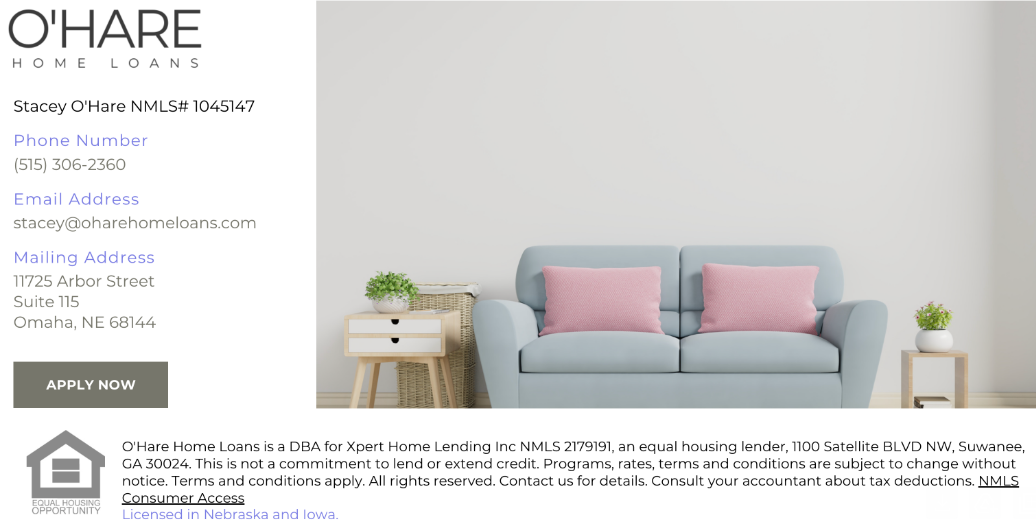Home Winterization Tips in Omaha, Nebraska
Have you noticed as you’re walking through your house that there are cold pockets that make you feel as if you just walked through a ghost? Before you call the Ghostbusters however, there is a pretty good chance that you just need to follow some home winterization tips. With just some basic steps, you can make your home more comfortable, protect your property, and take control of your energy bills this winter.
Keep the Cold Air Out
Houses have a tendency to shift and settle with time, which can cause gaps that are easy entry points for cold gusts and inclement weather. Towards that end, you should make a detailed examination of those areas of your home that might not be as secure as it needs to be. Typical problem areas are found around window sashes and doors. Additionally, holes and small cracks along the baseboards might serve as an access point for cold air.
To help make sure that the cold air stays outside, you should consider installing door sweeps on exterior doors, as well as basement and attic entry points. Windows should be sealed with weather stripping tape around the edges, and any portable air conditioning units should be removed during the winter season. Finally, caulking those small cracks in the baseboards and walls will stop the flow of cold air into your home.
Keep the Warm Air In
Although potentially pricey, if you are serious about keeping your house well-insulated then you should consider installing insulation in your attic and basement to help temper the loss of your expensive heat. Additionally, now would be the time to inspect your heating system, fireplace and heating ducts to ensure that they are all operating at their maximum capacity when it comes time to explore home winterization tips.









